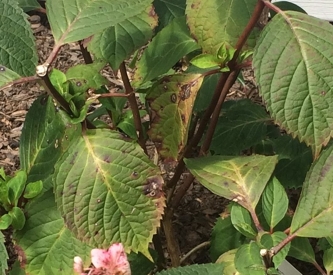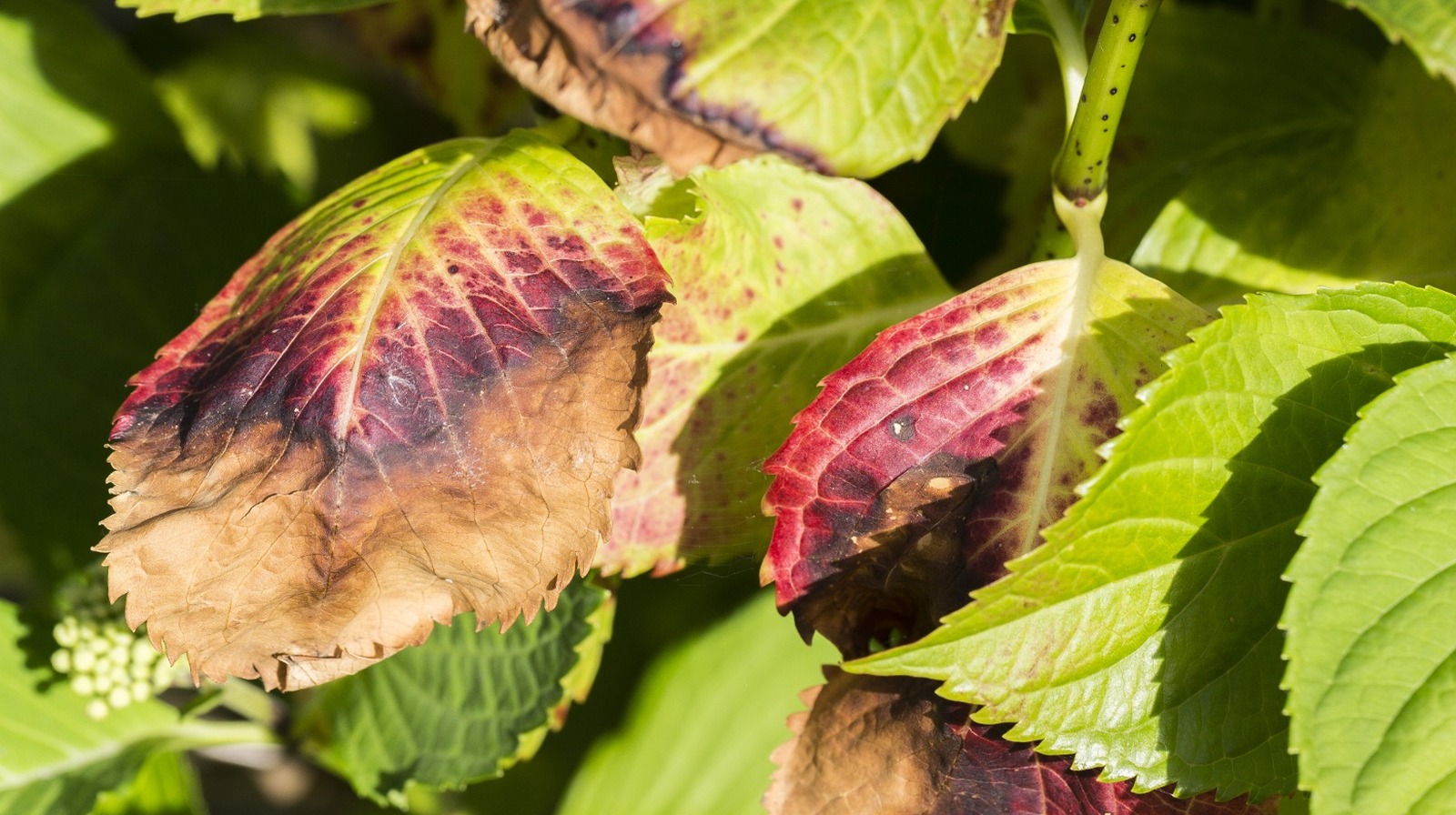5 Easy Facts About Hydrangea Leaves Turning Yellow Described
Wiki Article
The Only Guide to Hydrangea Leaves Turning Yellow
Table of ContentsWhat Does Hydrangea Leaves Turning Yellow Mean?10 Simple Techniques For Hydrangea Leaves Turning Yellow9 Simple Techniques For Hydrangea Leaves Turning Yellow7 Simple Techniques For Hydrangea Leaves Turning YellowThe Buzz on Hydrangea Leaves Turning Yellow
The container needs to be huge enough so the plant can expand and get all of the water and nutrients it needs. Panicles enjoy the full sun.No matter of the selection, plan ahead and make sure your plant has plenty of protection from the wind (Hydrangea Leaves Turning Yellow). You can hair transplant to a brand-new area, or you might create a wind barrier making use of another plant, or fence.
Ornamental grass, Rose of Sharon, or Holly bushes are simply a few ideas of plants you might utilize to obstruct the wind. If you require to hair transplant, discover a spot in your yard that is well protected from sunlight and wind. Hair transplanting is best done in the fall or the springtime.
The plants area is the most crucial element when it comes to getting established and appropriate development. With a little forethought on planting location and proper maintenance, you'll be able to guarantee your hydrangeas!.
Our Hydrangea Leaves Turning Yellow Statements

You can save the plant from yellow leaves by offering it the correct light and placement. If your plant gets yellow fallen leaves, move it to a dark place.
Keep in mind, Hydrangeas are only frost tolerant in loss and winter as they go dormant (Hydrangea Leaves Turning Yellow), and temperature changes can trigger yellowing fallen leaves and brown areas. If it gets too warm, the sides of the leaves become yellow, transform brown and develop a crunchy structure. Move your potted Hydrangeas away from drafty north-facing home windows in the winter.

The 45-Second Trick For Hydrangea Leaves Turning Yellow
Yet, yellow fallen leaves in Hydrangeas are the very first indications of condition problem, usually followed by black places, browning, drops, and wilting. Isolate the diseased or pest-infested see this here plant from the healthy and balanced plants to avoid disease spread. If it is a yard plant, eliminate all the infected fallen leaves making use of sanitized tools and clean up all the particles.So, removing aids Hydrangea shade unnecessary weight and insurance coverage, permitting the development of new fallen leaves. The best time to trim Hydrangeas is springtime when the plant is all set to grow foliage for the next period. Check for invested or infected fallen leaves and cut the base of a stalk that joins the leaves and stem.
Avoid cutting healthy or green leaves, and do not eliminate even more than 25% of the plant's foliage. The main factor behind the red leaves in Hydrangea is inadequate dirt or ecological conditions.
Repot the plant annually in springtime or every 2 years if the development rate is slow-moving.
Not known Facts About Hydrangea Leaves Turning Yellow

There are six main reasons this might occur:: The plant does not obtain enough read the full info here sunlight.: The roots visit this page are either also damp or too dry.: The plant is too cold.: The dirt is not acidic or alkaline enough for the hydrangea.: The plant isn't getting the right nutrients it requires to remain healthy.
Each reason influences the plant in a way that can be repaired if we understand just how to care for hydrangeas the ideal method. When we talk about inadequate light for hydrangeas, we mean that the plant isn't getting sufficient sunlight.
Without enough sunshine, the fallen leaves can turn yellow, the plant can come to be weak, and it might create fewer blossoms. To ensure a hydrangea gets sufficient light, it must be placed in a place where it can appreciate the morning light and be shielded from the extreme afternoon sun. Overwatering is when a hydrangea plant gets more water than it requires.
Yellow fallen leaves may be a sign that the plant is getting also much water. On the other hand, dehydration occurs when the plant doesn't obtain sufficient water.
Hydrangea Leaves Turning Yellow for Beginners
This problem is usual in the fall as the climate changes or if a hydrangea is grown in a place where it does not get sufficient warmth from the sun. It is necessary to understand the best conditions for hydrangeas to avoid low-temperature stress. Most hydrangeas grow ideal in areas 6 to 9, where the environment is milder.It is necessary to know that this kind of yellowing is various from the yellowing brought on by problems like as well much water or otherwise enough light. If the yellow fallen leaves are primarily at the bottom of the plant and the remainder of the plant looks healthy and balanced, it could just suggest that the leaves are simply getting old.
Report this wiki page